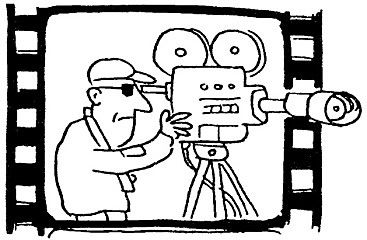NBC and The Telegraph bombard Rwanda again in the role of the black sheep
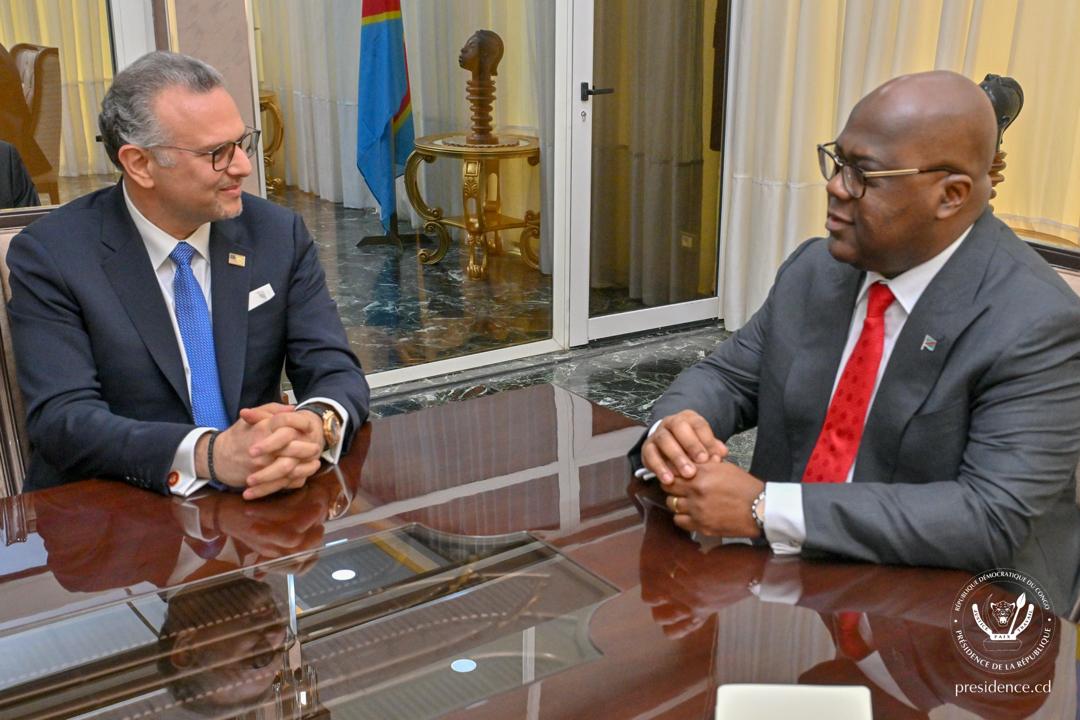
Once again, international criticism is raining down on Rwanda: the American news channel NBC aired a highly negative report accusing Rwanda of arming the M23, stationing hundreds of troops in eastern Congo, and more. They relied on satellite images they obtained to support these claims, which were provided by the Congolese government. The Telegraph, an influential foreign newspaper, amplified the attack by featuring well-known Rwanda critics like Michela Wrong and Jason Stearns. This media assault was coordinated again: the various outlets criticizing Rwanda published their reports simultaneously. Over the past days, I received several phone calls and private messages from readers of my blog.
Over the last three years, I have been one of the few journalists able to follow the advance of the M23 on the ground. I have lived and worked in this region for more than thirty years, closely observing the Rwandan military campaigns in Congo, Mozambique, and the Central African Republic. I know hundreds of Rwandan soldiers and am in frequent contact with them in Rwanda. I know the M23 very well; I followed figures like Laurent Nkunda, who once fought for the Congolese Tutsi, and I was in Goma in 2013 when the M23 was expelled by an international peacekeeping force. My readers now want an honest answer to the accusations made by The Telegraph and NBC. I will have to repeat some of my previous writings and will try to remain truthful. I base this article entirely on my own observations.
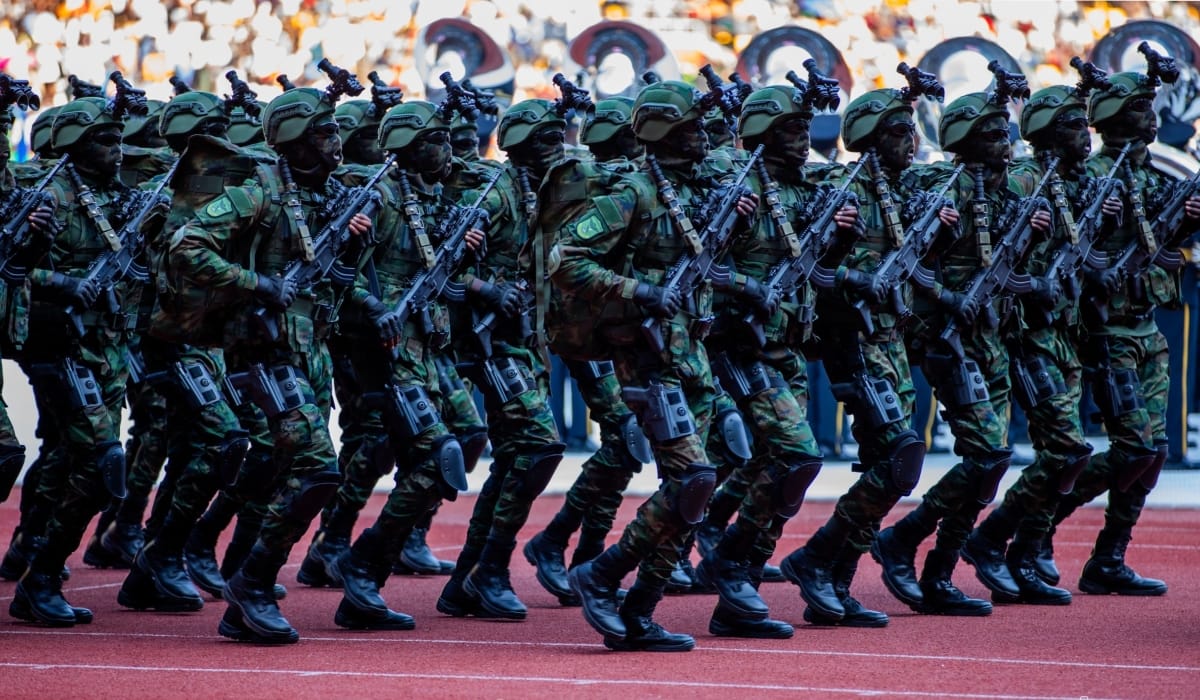
Rwanda
It is far too easy to accuse the Rwandan Defense Forces (RDF) of actively participating in the M23’s advance. Four years ago, this was certainly not the case. It was not even the M23 that started the war against the Congolese army. To me, 90 percent of the responsibility lies with Congolese President Tshisekedi, who saw an opportunity for a new conflict in eastern Congo to divert attention from his political and financial scandals in Kinshasa. Rwanda reacted irritably to this; a new war in the Kivus involving the RDF was clearly not wanted. President Kagame focused primarily on development and rebuilding his own country. His army was engaged in fighting Islamist terrorists in Mozambique and participated in various UN peacekeeping operations across Africa, where they were praised for their discipline and professionalism.
Kigali had supported Laurent Kabila, who was installed in Congo with the backing of some European countries and the Americans. When Kabila turned against Rwanda, Kigali supported the Goma-based rebellions of the Rwandan Congolese, such as the CNDP led by Laurent Nkunda. And in 2012-2013, they were accused of supporting the newly formed M23 under Sultani Makenga. The international community pressured Kagame in 2013 to withdraw the M23 into Uganda. An agreement was made: the M23 would be reintegrated into the Congolese army, and the FDLR—Rwandese Hutu extremists long utilized by the Kabila regimes—would be disarmed and repatriated to Rwanda. Rwanda was also sanctioned.
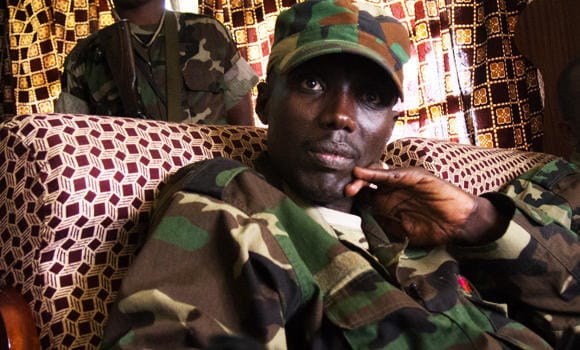
However, Kinshasa failed to honor these agreements. The M23 disintegrated into camps in Rwanda and Uganda before returning to North Kivu, establishing themselves on the slopes of a volcano. It was there that Tshisekedi’s forces attacked them. I am almost certain they were not sent back to Congo by Rwanda and that the M23 acted independently. When I discussed this with Rwandan politicians and officers, they expressed that they did not want to interfere. Meanwhile, more than 100,000 Congolese Tutsi (the Bagogwe) had fled to Rwanda. As the FARDC (Congolese army) suffered defeat after defeat and lost territory such as Bunagana and Rutshuru, violence and racism against remaining Tutsis increased. Dozens of Tutsis were publicly murdered. At the same time, the FARDC was arming the FDLR again. Rumors circulated within Rwanda that the FDLR was planning to infiltrate Rwanda anew. Tshisekedi also tried to involve MONUSCO (the UN peacekeeping force), calling on East African troops and hiring foreign mercenaries. Later, he armed other local militias, collectively called ‘wazaledo,’ which also included the FDLR under this umbrella—despite numerous warnings from the international community about openly supporting these extremists. The propaganda efforts of Patrick Muyaya ensured that Congolese people in Kivu readily accepted these narratives. The occupations of Goma and Bukavu made an end to Tshisekedi’s military hopes.
Rwandan Soldiers
During my many visits to the M23 in Congo, I never encountered Rwandan soldiers in the field. However, the M23 recruited mainly from Rwandese and Ugandan refugee camps—young men and women who are the sons and daughters of Congolese Bagogwe refugees who have never felt at home in Rwanda and want to return to their villages in Congo. Many of these youths held dual nationalities, and some had served in the RDF for years. After demobilization, most moved to Congo to fight. Among them were some non-commissioned officers. I met rebels in Rutshuru and Bunagana whom I recognized from conflicts in Cabo del Gado or the Central African Republic. But they were not in Congo as Rwandese, rather as Congolese. Nearly all of them were Tutsi. NBC’s report was correct in one aspect: it is impossible to distinguish a Congolese Tutsi from a Rwandese. For us, who have lived among them for so long, this distinction is easier. Moreover, the M23’s strategy closely resembled that of the Rwandan army. Their initial weapons were looted from FARDC arsenals, and they had plenty of ammunition. Most of the M23 officers had learned the tricks of the trade in Rwanda, during their previous careers.
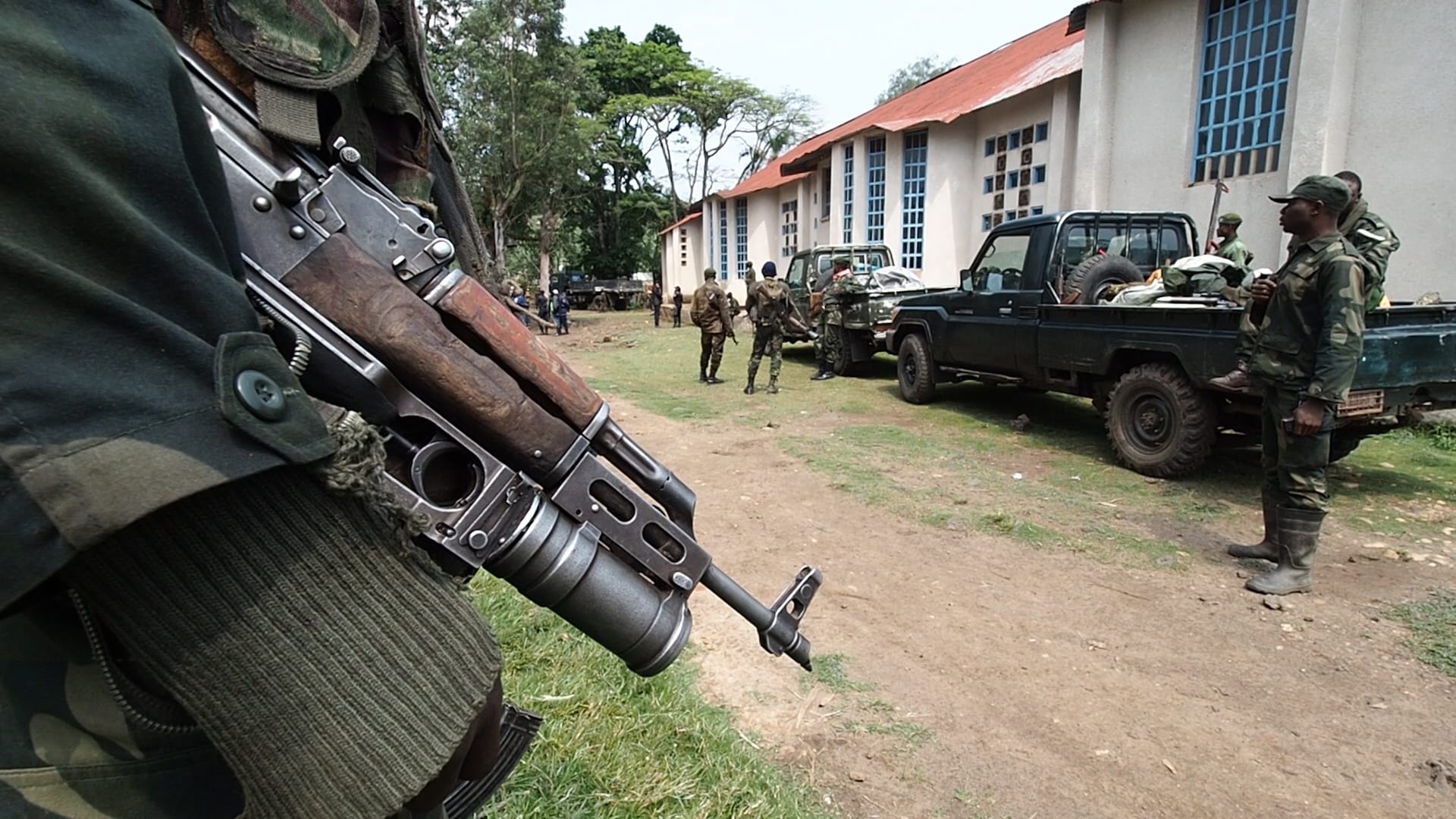
The RDF had established an almost impenetrable barrier along the Rwandan side of the border to prevent FDLR infiltrations. 3 years ago, accusations surfaced that Kigali’s RDF actively fought in Congo. UN experts published reports with satellite images purportedly proving this, but their evidence remained weak. Most Rwandans agree that the RDF must pro-actively counter the FARDC, which was allegedly pampering the FDLR again. Daily social media posts depicted Tutsi civilians burned or macheted, fueling hatred. The M23 receives moral support from many Rwandans. Whether this also means that RDF soldiers are crossing the border into Congo cannot be confirmed with certainty, though the possibility is considered plausible. The figure of 5,000 RDF troops in Congo is likely exaggerated; such a large force could not have hidden itself easily. During weekly meetings between foreign defense attachés and Rwandan military officers, hints were made that RDF might be assisting M23—an inference supported by good sources. However, these foreign officers saw it as normal, given that every military facing infiltration threats would do the same. It is also worth noting that Tshisekedi has publicly warned Rwanda multiple times that he would invade the country. The RDF probably did not want to be caught off guard.
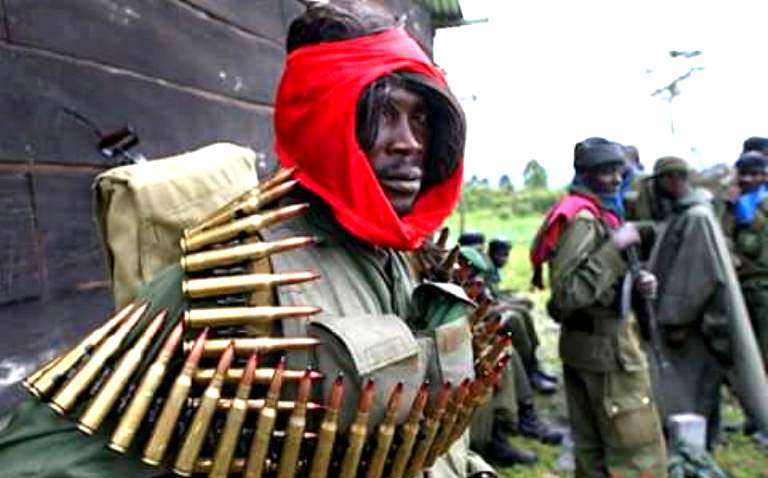
This contradicts the narrative of the Rwandan government, but I try to be honest. What I am certain of is that the Rwandan military is less involved in Congo’s recent conflict than many Europeans and Americans believe. Much less!
Communication
One of the major issues over recent years has been poor quality communication. Patrick Muyaya’s propaganda machine has been operating at full throttle. While the international press had access to Kinshasa, journalists who attempted to visit M23-controlled areas were quickly blacklisted in Kinshasa and denied visas, which they refused to do. M23 had no media experience and was surprised that they could push back the Congolese army so easily. Their rapid advance toward Masisi was beyond their expectations. Politically and media-wise, they were very weak. They chose a Rwandan-style approach: denying access to skeptical and critical journalists, which only generated frustration among my colleagues. After the captures of Goma and Bukavu, this became even clearer. All journalists know that those with something to hide will shut their doors and curtains. Instead of being more flexible and trying to persuade colleagues on the ground, M23 reinforced prejudices. I understand that journalists often ask uncomfortable questions, but honest answers and a relaxed attitude might have garnered more understanding of the M23 and Rwanda’s role.
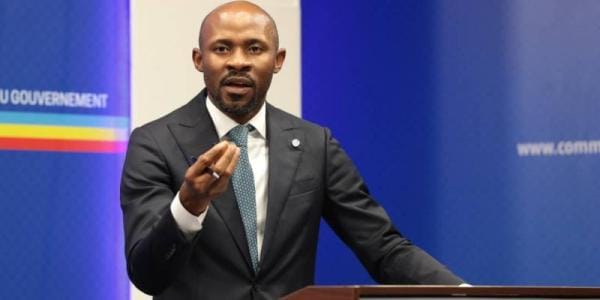
NBC and The Telegraph
NBC probably spent very little time on the ground. The images they used served as wallpaper for a commentary they had already prepared before the report. They claim the images came from defense specialists monitoring the situation. That is unconvincing. The images mainly consisted of archival footage or pictures from press agencies. This suggests manipulation: the agencies providing such images do so to serve certain agendas. In this case, the current reality is presented without context, and the Congolese government is not criticized. The Rwandan government spokesperson refused to comment. This is wrong but, in the meantime, also understandable—continuously facing critical questions they are tired of answering. NBC used archive footage of President Kagame who said he didn’t know if his army was in Congo, a slip-up likely made from frustration, which NBC then exploited to prove their point.
The most troubling images were satellite footage supposedly showing a drone attack on an M23 training camp in Kiwanja, claiming Rwandese officers were killed. Viewers have no way to verify this. The footage of the military cemetery in Kanombe is also dubious: elder veterans who served in other war and who died in a natural way at home are also buried there, and Rwandese soldiers have fallen in conflicts in Cabo Delgado as well. NBC claimed that 800 RDF soldiers had been killed in Congo and that their families were silenced—an exaggerated rumor. My contacts in Kigali are good enough to check this.
NBC also referenced Donald Trump’s peace proposal, which is considered unlikely to succeed in Rwanda. This reinforces the cliché that Rwanda’s main interest is mineral exploitation in Congo—something I have written about extensively that this is wrong. And which many others agree with.
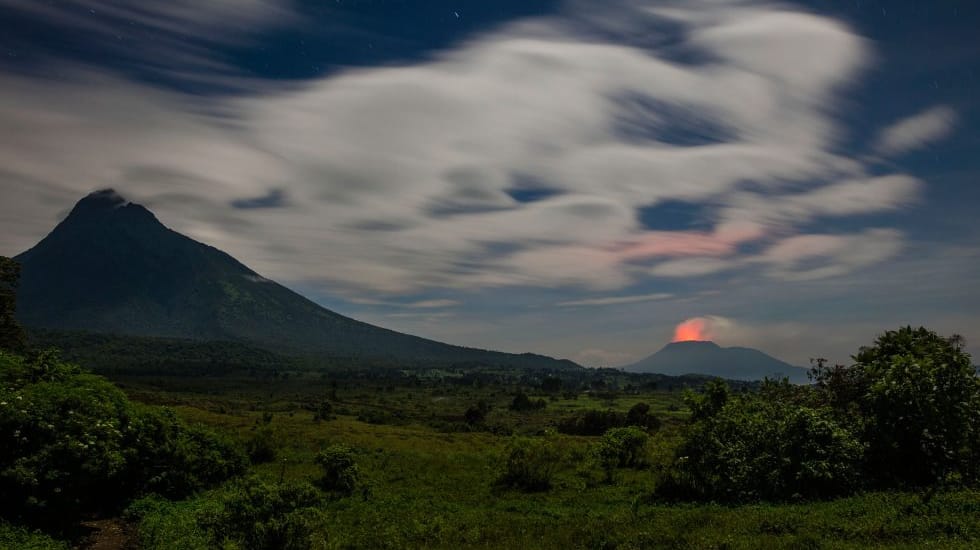
The Telegraph features quotes from Michela Wrong, Jason Stearns, and others well known within the anti-Kigali lobby. I generally know what they will say beforehand. While I do not object to them being given space, I find the absence of counterarguments or perspectives that could contextualize or challenge their narrative problematic. When the Rwandan government spokesperson refuses to respond, a professional journalist should seek other sources that can provide relevant information.
Conclusion
The timing of these reports is strategic: the US aims to pressure Rwanda into signing a peace deal that would implicitly acknowledge Rwanda’s involvement with the M23 and push for their withdrawal. But how can Rwanda guarantee a situation it has less control over than many American and European leaders believe? Rwanda’s leadership likely will not easily bow to such pressure, especially since Kagame is unlikely to repeat his 2013 concessions. The reality today is vastly different. The M23 should also be involved in negotiations. Labeling Rwanda as the sole villain in this conflict is overly simplistic and ignores the complex realities on the ground.
Furthermore, these reports—like the BBC’s “The Untold Story” or the European vestigative pieces on “Forbidden Stories”—feel very one-sided, well-timed with specific political interests. Both are highly skewed, portraying a country and government without nuance, context, or alternative viewpoints. The anti-Kigali lobby is gearing up again for renewed influence. And Trump wants to force Kigali into a deal before July.

Rwanda’s government could communicate more openly and tolerate criticism better. They have valid arguments to counter these accusations but often choose not to. Most African governments are resistant to criticism; even Trump is! Rwanda has worked hard to improve its economy and society but struggles to get support of the international media to reflect this progress accurately. This is unfortunate. But it does not justify NBC and The Telegraph’s highly unprofessional coverage, which has crossed the line into manipulation.
Marc Hoogsteyns, Kivu Press Agency
